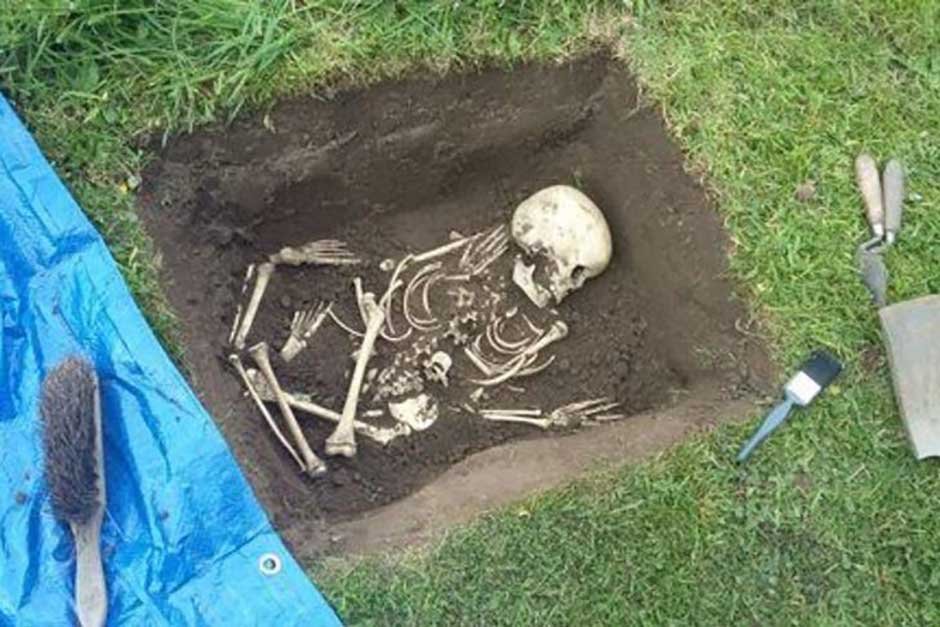When a loved one passes away, the process of laying them to rest is an important and often emotional task. One important aspect of this process is the choice of a casket, as the body will spend a significant amount of time inside it. It is natural to wonder what happens to the body during this time, and in particular, what changes occur after two months. This article will explore the process of decomposition and the impact it has on the body in casket after 2 months.
Decomposition is the natural process that occurs when a living organism, including a human body, breaks down after death. This process is caused by bacteria, fungi, and other microorganisms that are naturally present in the body. They break down the tissues and organs, producing gases and liquids that cause the body to become bloated and swollen. Over time, the body will shrink as the tissues and organs continue to break down and the gases are released.
In a casket, the process of decomposition is slowed down due to the preservation methods that are used. Embalming, for example, involves the injection of chemicals into the body to delay decomposition and improve the appearance of the body. Caskets themselves are also designed to slow the process of decomposition, typically by providing a sealed environment that restricts the flow of air and reduces the presence of moisture. This helps reduce the growth of bacteria and fungi, which would otherwise speed up the decomposition process.
However, despite the efforts to preserve the body, decomposition will still occur over time. After two months, the body will have undergone significant changes. The skin will have become thin and translucent, the hair and nails may have fallen out, and the eyes and other soft tissues will have sunken in. The body may also have become slightly flattened, as the gases produced during decomposition have escaped through any seams or openings in the casket.
In addition to these physical changes, the body may also emit a strong, unpleasant odor. This is due to the release of gases produced by bacteria and fungi that break down the tissues. The odor may become more intense if the casket is not airtight, as the gases can escape into the surrounding environment. The smell can also be exacerbated by high temperatures and high moisture levels, which can increase the growth of bacteria and fungi.
The presence of bacteria and fungi can also have an impact on the casket itself. Over time, these microorganisms may cause the wood or metal of the casket to become discolored, brittle, or even deteriorate. This is particularly true if the casket is not properly sealed, as the moisture from the body and the surrounding environment can penetrate the casket and cause damage.
While the process of decomposition can be unpleasant to think about, it is important to understand what happens to the body in a casket after 2 months. This information can be helpful when making funeral arrangements, as it can influence the choice of a casket and the methods used to preserve the body. For example, choosing an airtight, well-sealed casket and opting for embalming can help to slow the process of decomposition and reduce the impact it has on the body and the casket.
In conclusion, the process of decomposition is a natural and inevitable aspect of death. After two months, the body inside a casket will have undergone significant physical and chemical changes and may emit a strong odor. However, the impact of these changes can be reduced through the use of preservation methods and proper casket selection.






